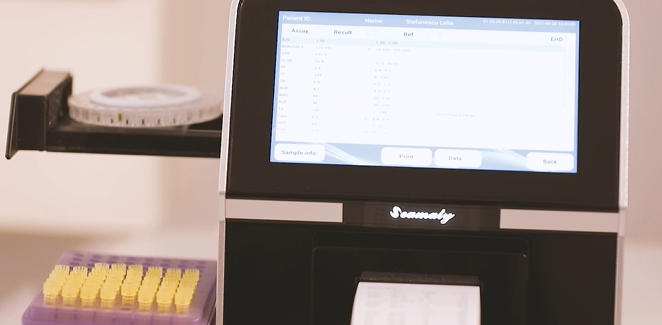
2021-09-09
There are several chemical analysis techniques in biochemistry analyzers, including colorimetric reaction, ISE (ion selective electrode), immunoturbidimetry, etc. The way and container of colorimetric reaction is the main difference between dry and wet biochemistry analyzer.
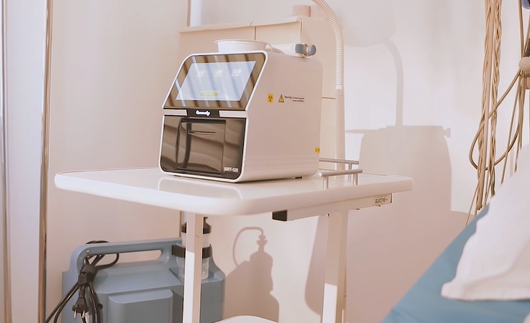
2021-09-09
Biochemical analysis is one of the most important tools commonly used for clinical diagnosis. Biochemical analysis can be divided into wet chemistry and dry chemistry according to whether the chemical reaction between the sample and the reagents is in solid phase or not.
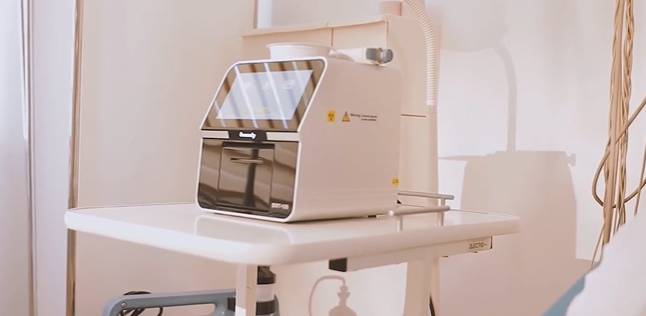
2021-09-09
There are medical devices in the hospital: diagnostic medical equipment, therapeutic medical equipment
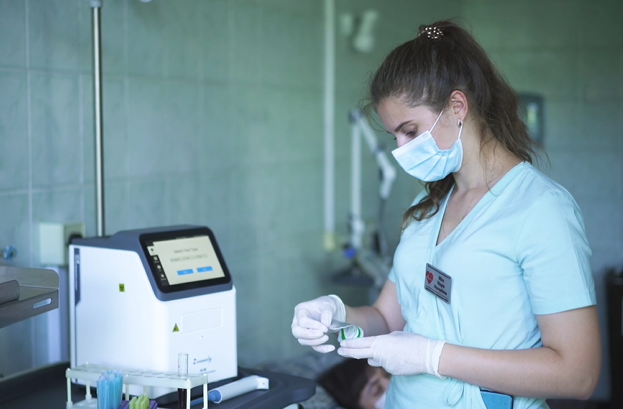
2021-09-08
Dry chemistry refers to the method of chemical reactions used to carry out the test requires very little water. For example, urine testing is now done with dry test strips and instruments. In the past, reagents were used to react with urine in a test tube. This method is called "dry chemistry".
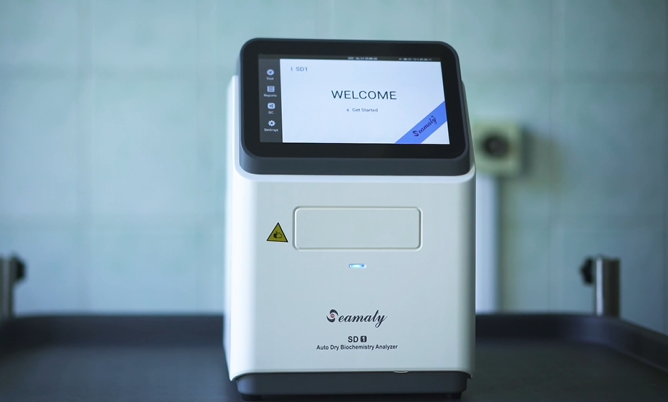
2021-09-08
Dry chemistry analysis is the term used in contrast to wet chemistry techniques. A dry chemistry analyzer is a process in which a liquid test sample is added directly to a dry reagent strip manufactured specifically for each project. The dry chemistry analyzer uses the moisture of the sample being tested as a solvent to cause a specific chemical reaction that leads to a chemical analysis.
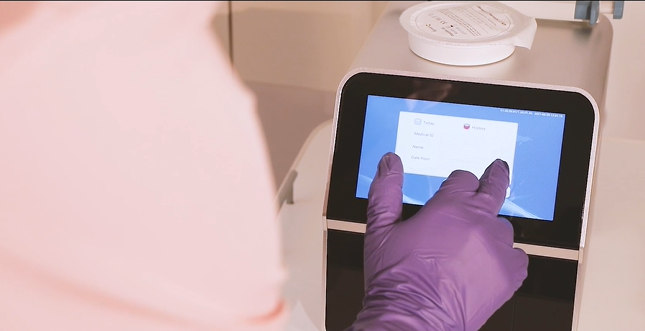
2021-09-07
The biochemistry analyzer is a machine that uses the photoelectric colorimetric principle to measure a specific chemical composition in body fluids.The biochemistry analyzer is widely used in hospitals, epidemic prevention stations and family planning service stations at all levels because of its high speed, accuracy and small amount of reagents consumed.